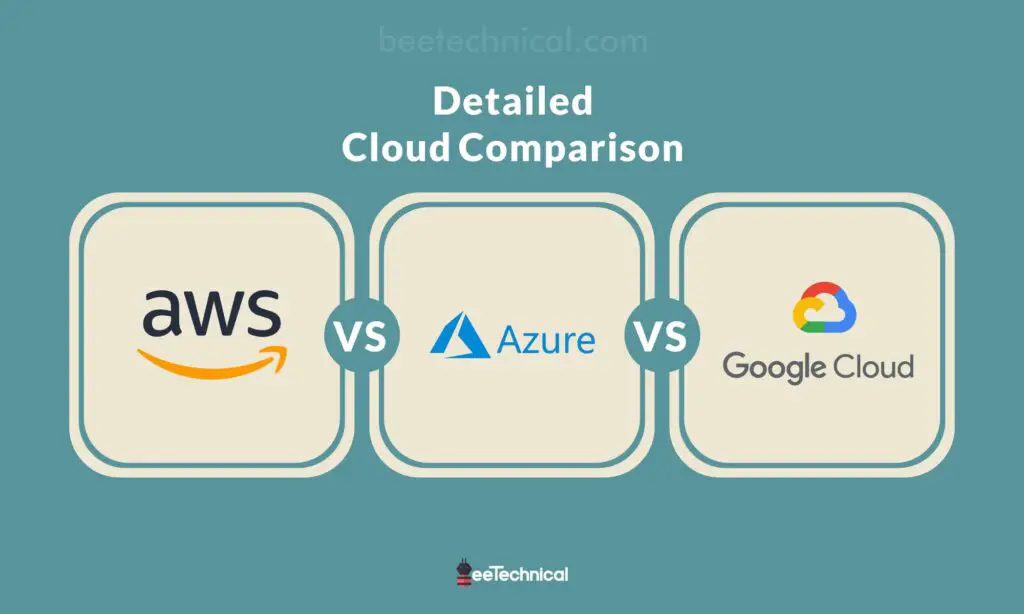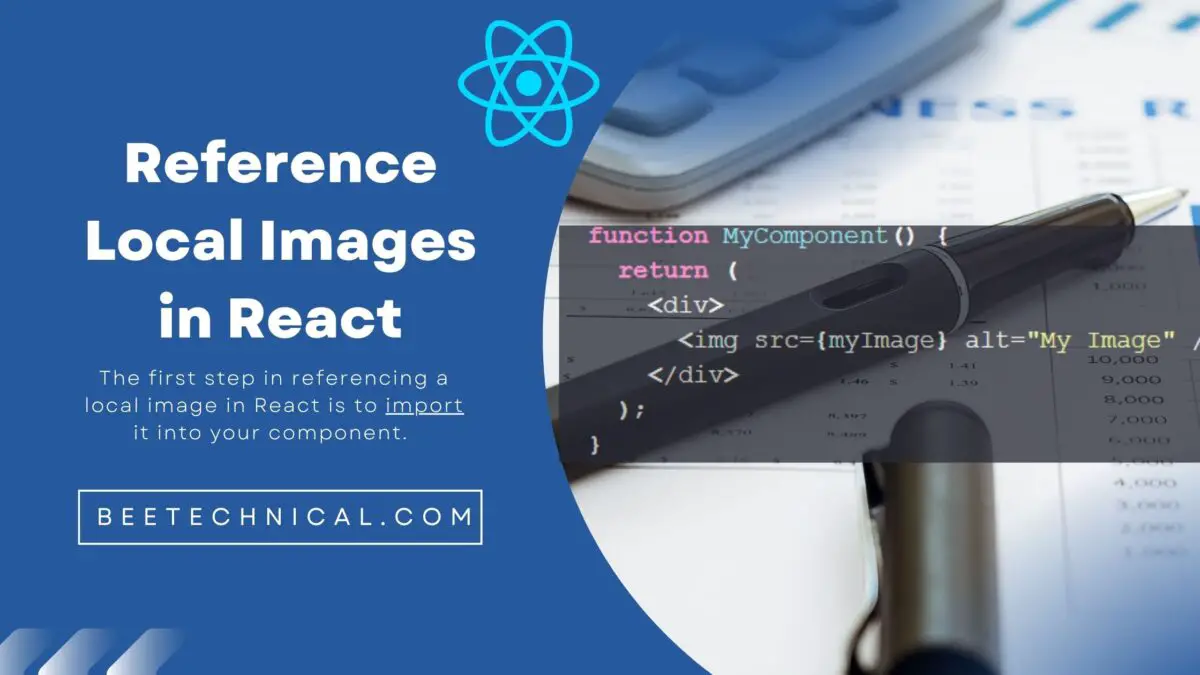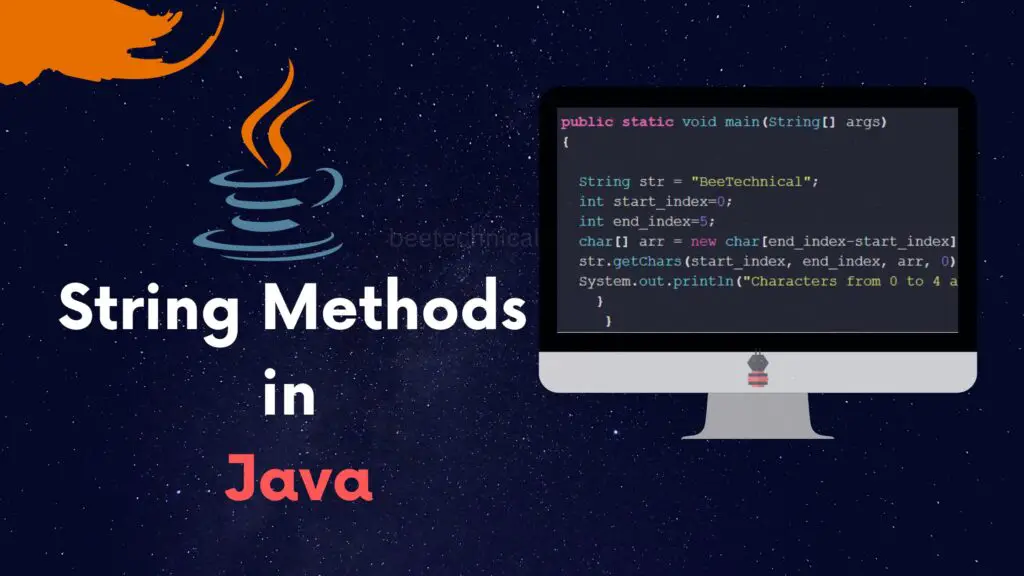Software Testing is the process of testing the final product against the expectations to see whether they’re compatible and performing tests to discover any defects, gaps, bugs, or other criteria that have not been met. It could also result in the overall cost of the software.
This process involves elements like the software’s observation, examination, and assessment. When it concerns Software Testing, two important terms appear in the mix. They are called ‘Test Plan’ and ‘Test Strategy.”
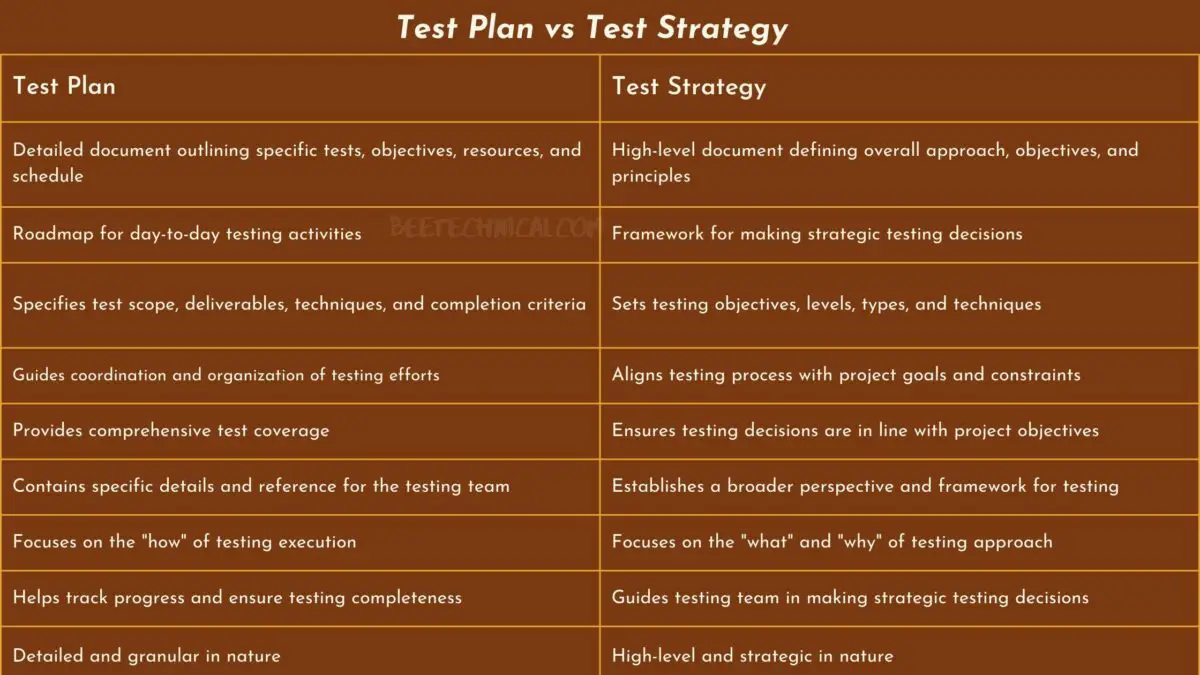
A test plan is a detailed document that outlines specific tests, objectives, and resources, providing a roadmap for testing. A test strategy, on the other hand, sets the overall approach, objectives, and principles for testing. While the test plan guides day-to-day testing activities, the test strategy provides a high-level framework for making testing decisions aligned with project goals.
What is a Test Plan?
The Test Plan is a document that outlines the various steps to be performed during testing – beginning with a strategy of development to error-detection guidelines in full. The document also outlines the procedures to address any risk that is discovered.
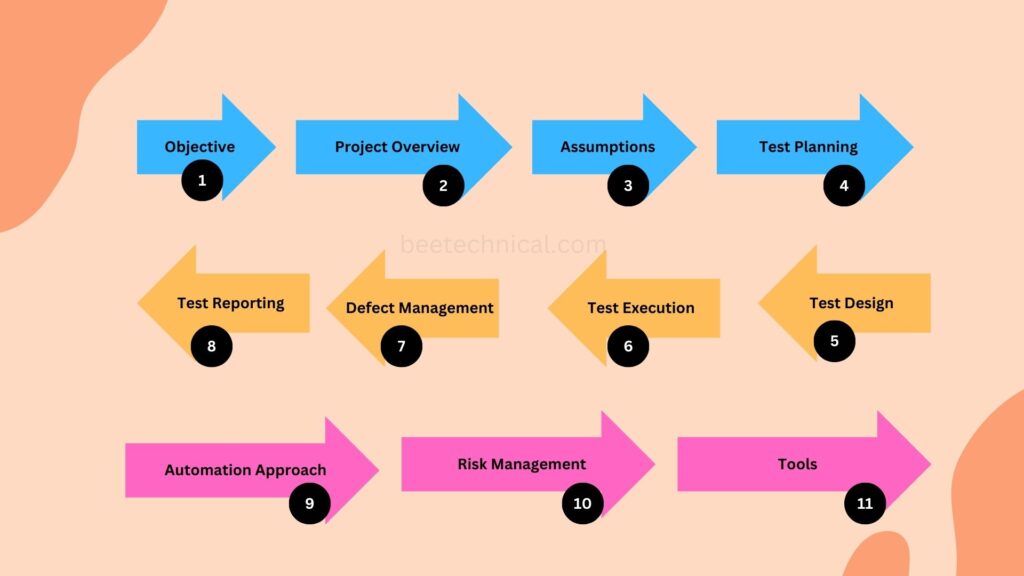
It defines the strategy to be taken, the assets that will be used, and the time frame of the planned testing tasks.
It defines the purpose and scope of the testing procedure, the diverse elements that must be tested, the tasks that must be completed during testing, the methods used to create tests, and more. It records the entire procedure of planning tests on the software.
The types of Test Plans
- Level-specific Test plans – These kinds of test plans are developed for each test level (Unit Level, Integral level, System-level, or Acceptance level).
- Test Plans that are Type-specific – They are the most detailed type plans designed to be used specifically for a particular type of test like the functional test plan, the performance test plan, and others.
- Master Test Plan is an all- Encompassing document that outlines the product’s objectives and goals. It also contains all the other test plans that are part of the product.
Test plans are crucial since they serve a multitude of functions. They ensure that your team and you remain in harmony at all times. They serve as a reference and make sure your final product is flawless and conforms to the requirements you expect.
They also assist other people who aren’t part of your team in comprehending the process of testing. Because test plans contain every aspect of the testing process, They can be quickly reviewed and reused to test similar products.
They are developed by test managers and test directors based on feedback from the team members. A key aspect of testing plans is that they can constantly be changing and may differ between different products.
What’s a Test Strategy?
A Test Strategy is a set of guidelines, instructions, or rules that define the test’s design and how the test procedure will be conducted. It defines the testing procedure standard. Documents such as test plans get the document’s contents describing test strategies.

It could comprise guidelines used to describe the scope and outline of the testing procedure test method and specifications for the environment for testing and tools used to test release control and risk analysis and mitigation review and the approval of a new product before the public publication.
Different Types of Testing Strategies
- Analytical Strategy: This strategy is used to conduct testing dependent on the specifications. These requirements are then analyzed to determine the required conditions for the test. The tests are then developed and conducted according to these guidelines.
- Model-Based Strategy: This strategy is employed by the testing team when they select the present situation and creates a test model based on the inputs, outputs, potential behaviors, and tasks.
- Methodical Strategies: This method lets test teams adhere to the predefined test conditions. This is a good way to incorporate checklists into precise test types.
- Standard Compliant or Process Compliant Strategy: In this test method, a set of rules is laid out by a group of experts from the industry, and the test engineer must adhere to these guidelines.
- Reactive Strategy: We can design and implement tests only after the final software is designed and launched. The testing that is part of this approach is based on the issues discovered in the current product.
Difference Between Test Plan and Test Strategy
After we’ve discovered what the most significant differences are, now it’s time to look at the specific differences between the test plan and the test strategy. We must remember that these distinctions aren’t obvious.
| Parameter | Test Plan | Test Strategy |
| Definition | Test plans are an outline that outlines the scope of the test and various activities that are part of the process of testing. | Test strategies are an upper-level document that outlines the guidelines and rules for conducting the test procedure. |
| Goal | The goal is to establish the method of testing an item, what should be tested on it when to test it, who will be testing it, and who will confirm the results. | The primary objective is to determine the guidelines that should be followed when conducting tests. |
| Purpose | It’s done to discover potential inconsistencies that could be present that may exist in the final product, and reduce them during the test procedure. | It’s a plan of taking the test procedure on a long-term basis. |
| Level | It is only used on an individual project basis only. | It is employed at an organizational level. |
| Repetition | It is utilized in a specific project only and is rarely used again. | It is utilized in a variety of projects and may be repeated many times. |
| Change Susceptibility | It’s a living document and may be altered frequently based on the testing requirements. | It cannot be altered because it is an indefinite document. |
| Components | Its components are – test plan identification, features that require to be evaluated, methods to be used, test activities, passing or failing criteria, schedules, etc. | Its parts include – goals and scope, documents tests, documentation, etc. |
| Managed by | It is overseen by the test manager or the testing lead. | The project is overseen by the director of the project. |
| Scope | It is the most comprehensive description of the testing process. | It is primarily focused on high-level testing methods and methods. |
| Derivation | It is created from Documents for use cases, Software specification documents, as well as documents describing the product. | It’s derived from the document detailing the business requirements. |
| Existence | It is generally observed to exist in a single form. | It could be part of testing plans in certain instances. |
| Basis | It is based on testing strategies. | It is built on guidelines that have been established. |
| Types | Type-specific test plans, level-specific test plans, master test plans, and type-specific test plans are among the various kinds of test plans. | Analytical strategies and model-based strategy methodology, standard-compliant strategy, strategic consultative, reactive, and reverse-averse strategies are all different kinds of testing strategies. |
| Influence | It only affects one project at the same time. | It can affect multiple projects at the same time. |
| Narration | It describes the standard requirements for testing a particular project. | It describes the methods used for testing |
Conclusion
The distinction between test plan and test plan is frequent confusion for QA hopefuls. In the above sections, we have discussed their differences in different aspects. Based on everything we’ve learned thus far, it’s clear that both documents are crucial and integral elements of any project.
If done correctly, the outcome from this testing process will be of excellent quality. If any of the processes are missed and not properly executed, the product will be plagued by bugs.


